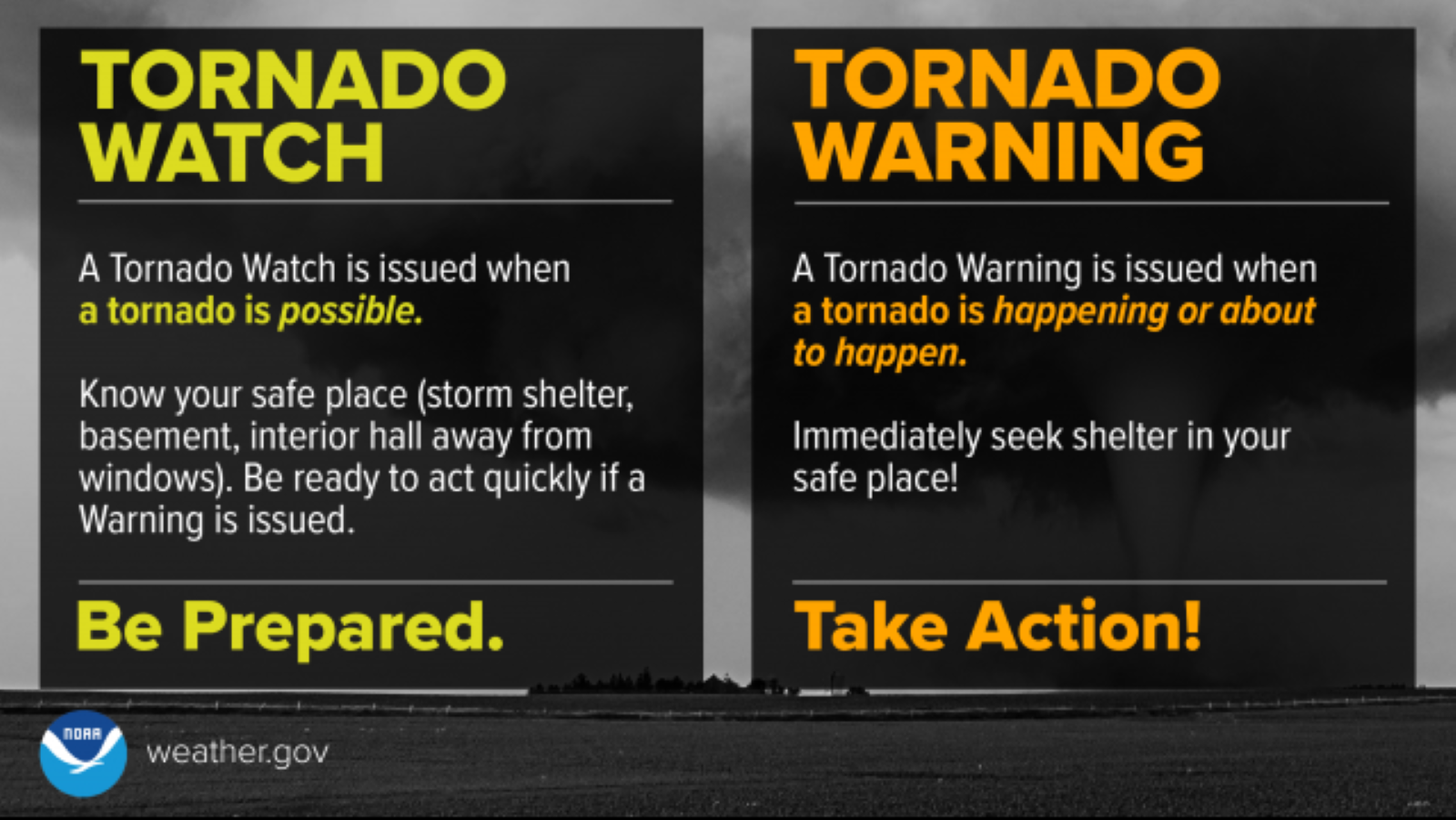Understanding Tornado Warnings: What You Need to Know
Tornadoes are some of nature’s most destructive phenomena, capable of causing catastrophic damage in minutes. Understanding tornado warnings and watches is crucial for anyone living in areas prone to severe weather. In this post, we’ll explore what a tornado warning means, the difference between a tornado watch and a tornado warning, and best practices for preparedness.
What is a Tornado Warning?
A tornado warning means that a tornado has been sighted or indicated by weather radar. When a tornado warning is issued, it is vital for individuals in the warned area to take immediate action to protect themselves. This warning typically suggests that a tornado is imminent, and swift response is necessary.
The Difference Between a Tornado Watch and a Tornado Warning
First, it’s important to understand the terminology used in severe weather alerts. A tornado watch means conditions are favorable for a tornado to develop in your area. During a watch, you should stay informed and be prepared, but there is no immediate danger. When a tornado warning is issued, however, you should take cover immediately.
When Tornado Warnings Are Issued
Tornado warnings are typically issued by the National Weather Service (NWS) and can happen at any time of year, though they are most common in the spring and early summer months. The NWS uses Doppler radar to detect rotation in storm clouds that may produce a tornado. They also rely on spotters at ground level who can report sightings.
Recent Tornado Events and Alerts
Recently, tornado watches have been canceled across regions such as Waco and McLennan County, Texas, as noted in a report from Baylor University. The cancellation of a tornado watch indicates that conditions have improved, but residents should always remain vigilant for any changes in the weather.
How to Prepare for Tornado Warnings
Preparedness is key when it comes to tornado safety. Here are some best practices you can implement:
- Know Your Area: Familiarize yourself with the geographical areas more prone to tornadoes.
- Have a Plan: Create a family emergency plan that includes where to go and how to stay informed.
- Build an Emergency Kit: Include essentials such as water, food, medications, flashlights, and a first-aid kit.
- Stay Informed: Use weather apps, NOAA weather radio, and local news to stay updated.
Staying Safe During a Tornado Warning
When a tornado warning is issued, it’s important to act quickly:
- Seek Shelter: Move to a small, windowless interior room or basement.
- Cover Yourself: Use heavy blankets or a mattress to protect against flying debris.
- Stay Away from Windows: Flying glass can cause severe injuries during a tornado.
Conclusion
Understanding the differences between a tornado watch and a tornado warning is essential for ensuring safety during severe weather events. Stay informed, be prepared, and take immediate action when warnings are issued. With the proper knowledge and response plan, you can help protect yourself and your loved ones during tornado threats.






